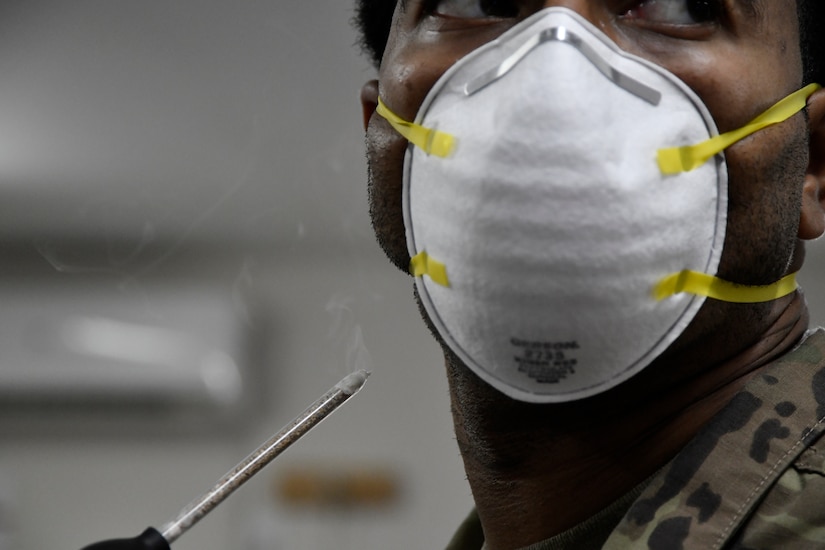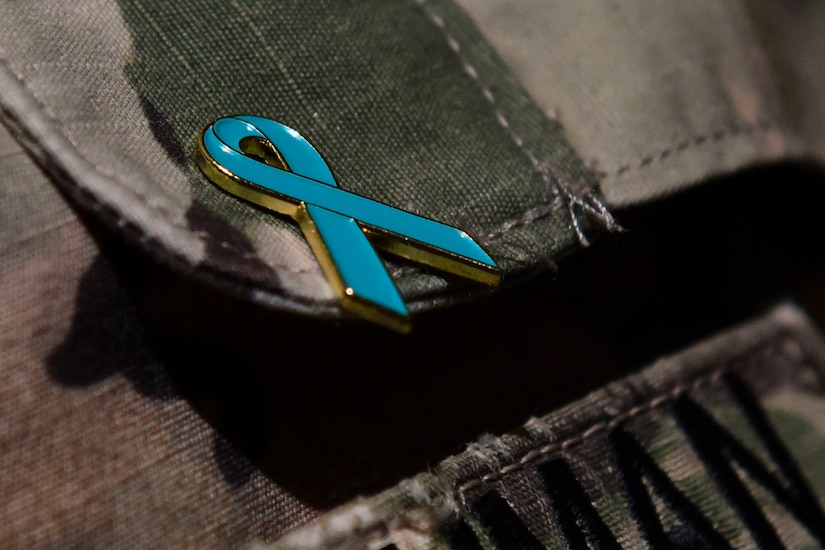April 30, 2020 | BY C. Todd Lopez , DOD News
As the COVID-19 pandemic rages on, the United States must
bolster its medical-industrial base to deal with both the current pandemic, a
potential resurgence in the fall and any pandemics that may come in the future,
the Defense Department's undersecretary for acquisition and sustainment said.
"How much longer are we going to be cranking out the
masks? For a very long time," Ellen M. Lord said during a news conference
today at the Pentagon.
Lord told reporters she expects the department and the
nation will be battling COVID-19 for six months to a year or more, and she has
several materiel-related objectives being prepared for that continued fight.
"We need to take care of the demand we have right now
that started with medical personnel," she said. "But we need the
country to get back to work, and that is going to require some personal
protective equipment that includes masks. So, No. 1, we have to bridge beyond
nonmedical personnel PPE, and masks are very significant."
As part of an ongoing effort to equip service members with
PPE, she said, the Defense Logistics Agency continues to work with the military
services to get them what ithey need. She said the agency has procured more
than 5.9 million N95 respirator masks, 14.2 million nonmedical and surgical
masks, 92.2 million exam gloves, 2.4 million isolation and surgical gowns and
8,000 ventilators.
"Delivery of over 5 million nonmedical cloth face
coverings to our military services, combatant commands, U.S. Coast Guard and
several federal agencies has begun," she said.
For the nation as a whole, she said, it'll also be necessary
to refill the national U.S. stockpile of personal protective equipment.
"Then we need to look forward to what the data is
telling us — that there may well be another significant outbreak this fall. We
want to be prepared for that," Lord said.
Two women put masks into plastic bags. In the foreground are
cardboard boxes filled with individually wrapped masks.
Also important, she said, is being prepared for the next
pandemic that might come in the future.
"We see this as an ongoing issue, both within the
Defense Department — because we need to not only support the nation with
everything we're doing with Health and Human Services and Federal Emergency
Management Agency — but we have our primary mission here of national security,
and we have to be ready to go ahead and do that."
While HHS and FEMA have the infrastructure and the overall
mission of fighting the COVID-19 pandemic, DOD, with its sizable acquisition
workforce, has the ability to surge the medical-industrial base. She said the
industrial base, however, may need some changes if it's going to be ready to
address future pandemics.
"We've learned that we've had fragility in it on a
number of fronts," she said. "We were overly dependent on foreign
sources; we still have the air bridge working to bring all kinds of medical
resources back to the United States. So, we need to make sure that we have
security and resiliency in our medical-industrial base."
Lord said the DOD acquisition apparatus can help ensure the
medical-industrial base has both the capacity and capability to provide for both
the current medical crisis and future crises.
"What I would like to see is the U.S. have the capacity
and throughput to take care of ourselves in times of need," she said.









